Growth in Automotive Safety Standards
The Meta Aramid Fiber Market is significantly influenced by the evolving safety standards in the automotive sector. As regulations become more stringent regarding vehicle safety, manufacturers are increasingly incorporating meta aramid fibers into various components, such as seat belts, airbags, and protective gear for automotive workers. The automotive industry is expected to witness a growth rate of around 3.8% annually, which could lead to a heightened demand for materials that enhance safety and performance. Meta aramid fibers offer excellent heat resistance and durability, making them an ideal choice for meeting these safety requirements. Consequently, the rising emphasis on safety in automotive design and manufacturing is likely to bolster the Meta Aramid Fiber Market in the coming years.
Rising Demand in Aerospace Applications
The Meta Aramid Fiber Market is experiencing a notable increase in demand from the aerospace sector. This growth is primarily driven by the need for lightweight, high-strength materials that can withstand extreme temperatures and harsh environments. Meta aramid fibers are utilized in various aerospace applications, including insulation, fire-resistant clothing, and composite materials. The aerospace industry is projected to grow at a compound annual growth rate of approximately 4.5% over the next few years, further propelling the demand for meta aramid fibers. As manufacturers seek to enhance the performance and safety of aircraft, the integration of meta aramid fibers into their products appears to be a strategic choice. This trend indicates a robust future for the Meta Aramid Fiber Market, as it aligns with the industry's focus on innovation and efficiency.
Increased Focus on Fire-Resistant Materials
The Meta Aramid Fiber Market is benefiting from a heightened focus on fire-resistant materials across various sectors. Industries such as construction, oil and gas, and manufacturing are increasingly prioritizing safety measures to protect workers and assets from fire hazards. Meta aramid fibers are renowned for their exceptional flame resistance and thermal stability, making them a preferred choice for protective clothing and equipment. The market for fire-resistant materials is anticipated to grow at a compound annual growth rate of around 6% in the coming years, which could significantly enhance the demand for meta aramid fibers. As companies strive to comply with safety regulations and improve workplace safety, the Meta Aramid Fiber Market is likely to see substantial growth.
Advancements in Composite Material Technologies
The Meta Aramid Fiber Market is experiencing a surge in demand due to advancements in composite material technologies. The integration of meta aramid fibers into composite materials enhances their mechanical properties, making them suitable for a wide range of applications, including aerospace, automotive, and construction. The composite materials market is projected to grow at a rate of approximately 7% annually, driven by the increasing need for lightweight and high-performance materials. As industries continue to innovate and seek materials that offer superior strength-to-weight ratios, the role of meta aramid fibers in composite applications appears to be increasingly vital. This trend suggests a promising future for the Meta Aramid Fiber Market as it aligns with the broader movement towards advanced material solutions.
Expansion in Electrical Insulation Applications
The Meta Aramid Fiber Market is poised for growth due to the increasing demand for electrical insulation materials. With the rise of renewable energy technologies and electric vehicles, the need for efficient and reliable insulation solutions is paramount. Meta aramid fibers are known for their excellent dielectric properties and thermal stability, making them suitable for use in electrical insulation applications. The electrical insulation market is projected to grow at a rate of approximately 5% annually, which may drive the demand for meta aramid fibers. As industries seek to improve energy efficiency and reduce risks associated with electrical failures, the integration of meta aramid fibers into insulation products appears to be a promising trend. This expansion indicates a favorable outlook for the Meta Aramid Fiber Market.


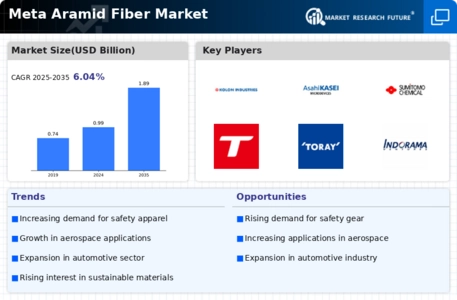
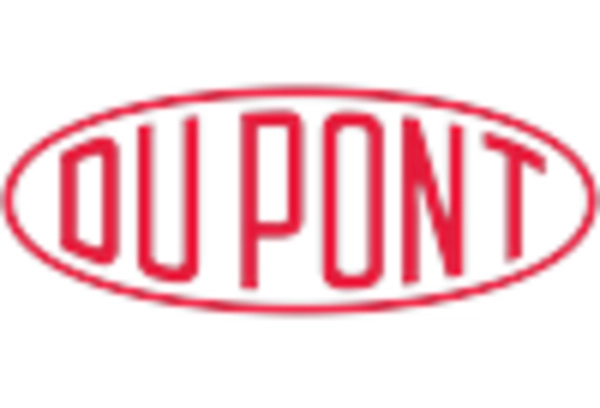
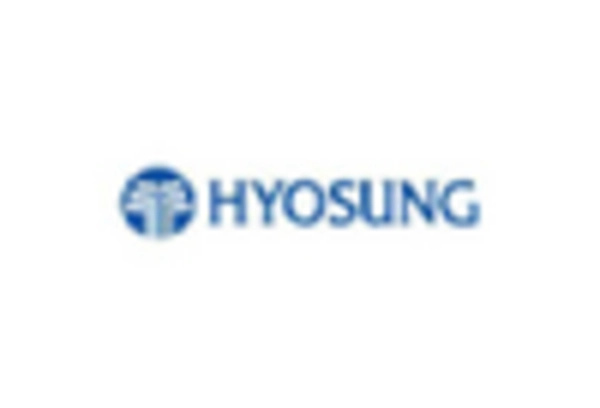
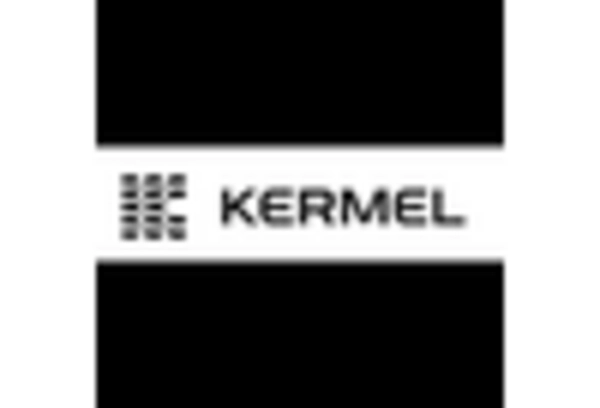

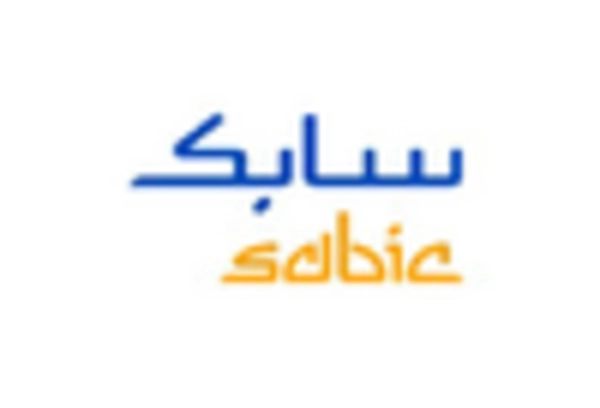
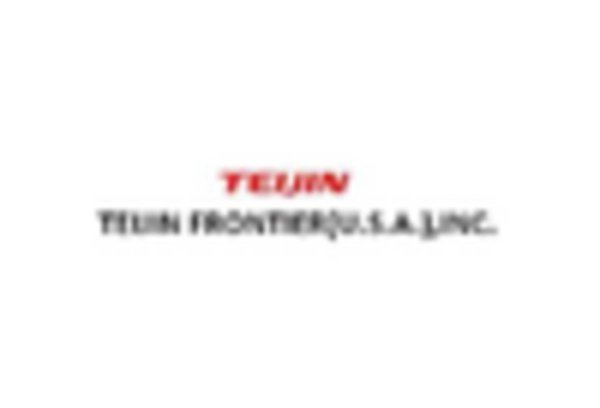








Leave a Comment